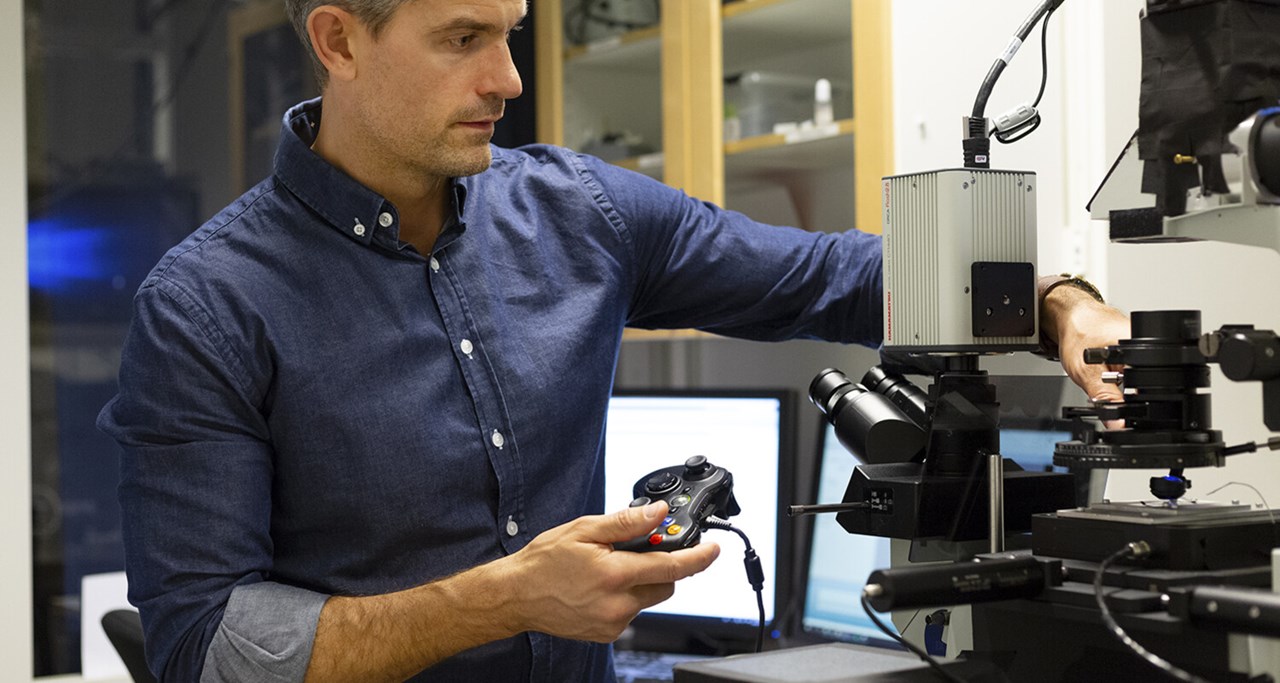
Image: Institutionen för fysik, Henke Olofsson, Copyright 2018 Fotograf Henke Olofsson. All reproducering och användning av bilden är otillåten utan fotografens medgivande och faktureras enligt gällande prislista hos Svenska Fotografers Förbund.

Image: Institutionen för fysik, Henke Olofsson, Copyright 2018 Fotograf Henke Olofsson. All reproducering och användning av bilden är otillåten utan fotografens medgivande och faktureras enligt gällande prislista hos Svenska Fotografers Förbund.